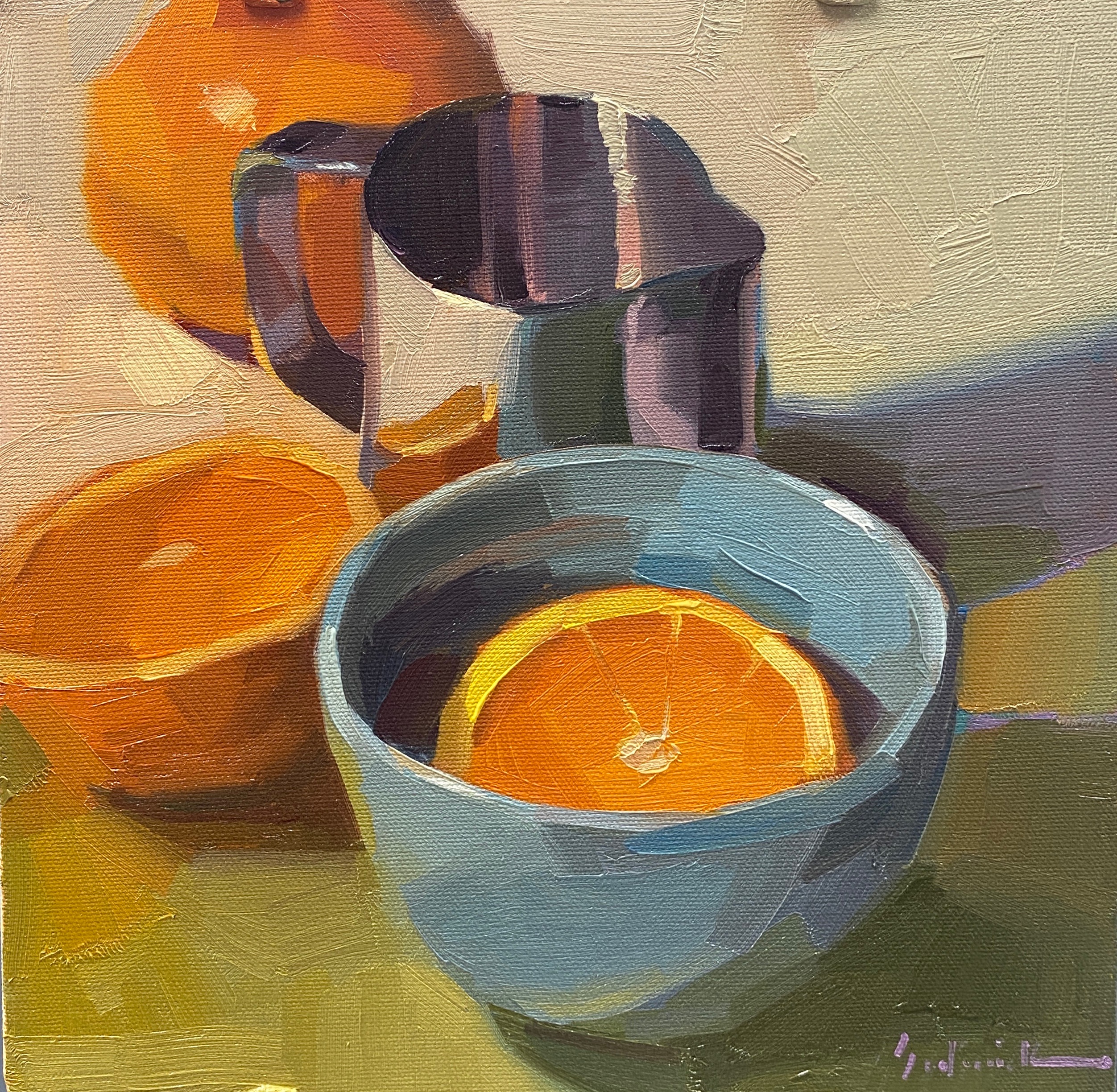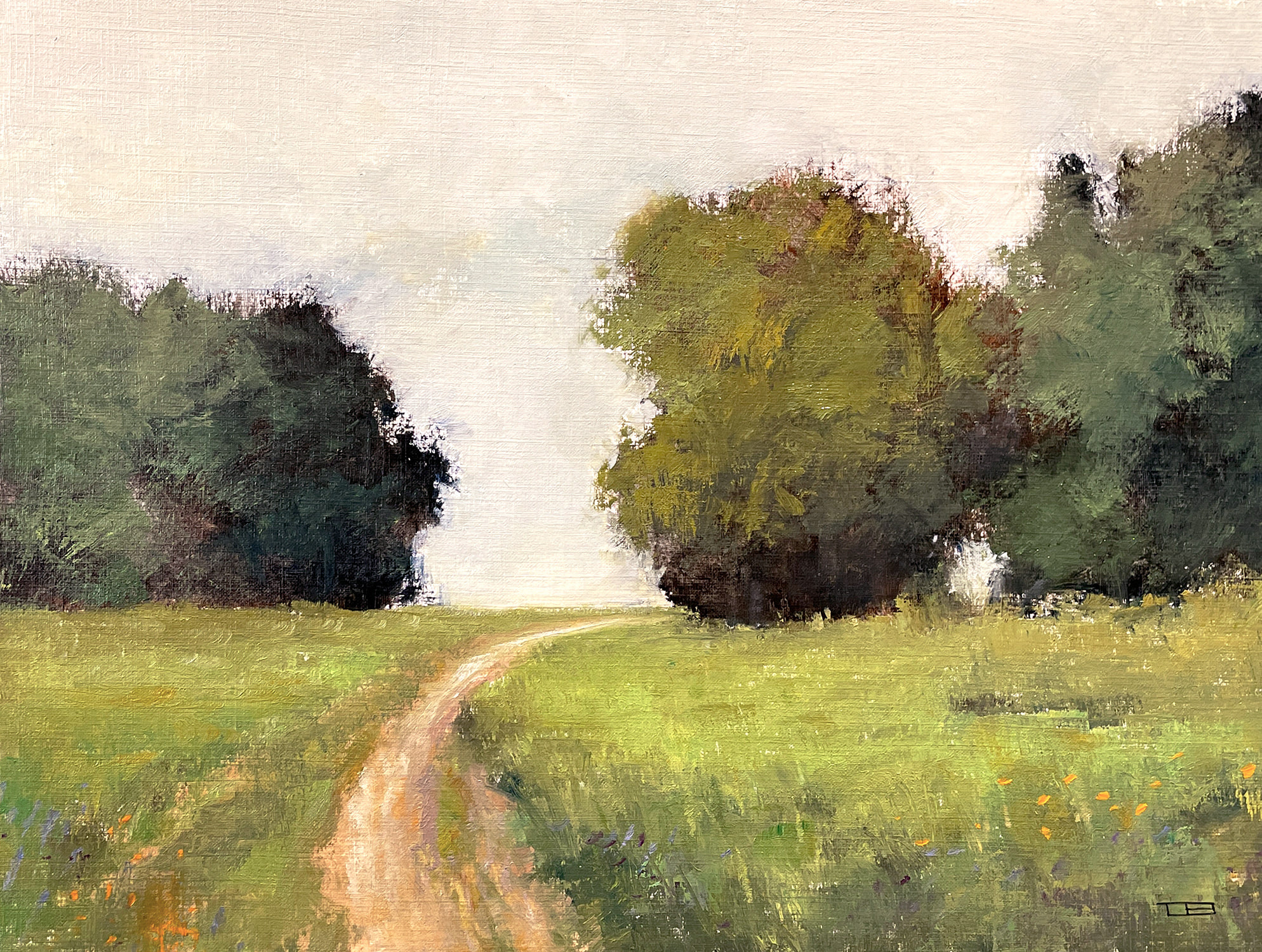Browse Gorgeous Authentic Oil Paintings for Sale Online
Browse Gorgeous Authentic Oil Paintings for Sale Online
Blog Article
Checking out Everything About Oil Paints: An Overview to Comprehending Their Beauty and Worth
Oil paintings have actually astounded target markets for centuries, using a look right into the artistic proficiency of various eras. Their abundant history is intertwined with innovative strategies and profound emotional expression. Recognizing the materials and methods behind these art work can enhance admiration. Additionally, the marketplace for oil paintings provides possibilities for collection agencies and investors alike. As one explores this remarkable world, the concern emerges: what makes an oil paint absolutely useful?
The History of Oil Painting: A Trip Through Time
Although oil paint has roots that date back to old times, it absolutely grew during the Renaissance, when musicians uncovered its flexibility and rich color potential. Early instances can be mapped to the 7th century, with techniques developing notably throughout cultures. The medium became prominent in Northern Europe in the 15th century, particularly via the works of musicians like Jan van Eyck, that spearheaded its usage for detailed realism and dynamic shades. This duration marked a separation from tempera paints, allowing for better depth and structure. As oil paint spread, it affected plenty of artists, bring about work of arts by renowned figures such as Leonardo da Vinci and Rembrandt. The tool's legacy continues, forming the art world well right into contemporary times.
Understanding Oil Paints: Materials and Techniques
As musicians check out the globe of oil paints, they experience a diverse selection of materials and methods that define this medium. The key components of oil paint include pigments, which give color, and drying oils, such as linseed, that bind the pigments and promote application. Various ingredients can change the paint's structure and drying time, enhancing convenience. Techniques like glazing, where clear layers are constructed up, and impasto, which includes using thick paint, enable for different visual results. In addition, making use of brushes, palette knives, and also fingers can create unique textures and surfaces. Comprehending these methods and materials enables musicians to completely reveal their creativity and accomplish the wanted impact in their art work.
The Duty of Shade in Oil Paints
Color plays a critical function in oil paints, influencing both aesthetic allure and psychological vibration. Understanding shade theory basics, consisting of the relationships in between colors, can improve a musician's capacity to communicate state of mind and environment. In addition, mastering shade mixing methods enables greater depth and splendor in a paint's palette.

Color Concept Basics
Understanding shade theory is vital for musicians dealing with oil paints, as it creates the foundation for creating aesthetically interesting and unified compositions. Color theory incorporates the research of how shades connect, the shade wheel, and the partnerships between key, second, and tertiary colors. Musicians utilize corresponding shades to improve contrasts and create prime focus, while comparable colors advertise unity and cohesiveness within a piece. In addition, the ideas of warm and awesome colors influence the assumption of depth and area in a paint. Understanding these principles permits musicians to adjust color efficiently, leading the customer's eye and connecting their intended message. Mastery of shade theory ultimately enriches an artist's capacity to share emotions and concepts through their work.
Psychological Impact of Color
The emotional influence of shade in oil paintings plays an important function in how viewers connect and perceive with art work. Colors stimulate specific feelings and state of minds, affecting the viewer's mood. As an example, cozy colors like reds and oranges can develop a sense of heat and energy, while amazing tones such as blues and greens usually stimulate calmness or introspection. Artists purposefully select shade combinations to boost narrative elements, assisting the target market's emotional journey. The saturation and comparison of colors further amplify these impacts, drawing interest and developing focus. Ultimately, the interplay of colors in oil paints not just boosts their aesthetic allure however likewise functions as an effective medium for emotional expression, improving the visitor's experience and interpretation.
Shade Mixing Techniques
While numerous facets of oil painting add to the overall composition, mastering shade blending strategies is crucial for accomplishing desired results and depth. Color blending can be come close to via different approaches, consisting of the additive and subtractive processes. Additive mixing includes combining shades of light, while subtractive mixing counts on pigments, where colors mix to create brand-new tones. Artists often utilize a limited scheme to produce harmonious jobs, comprehending the connections between key, secondary, and tertiary shades. Strategies such as glazing and scumbling even more boost deepness and luminosity. By masterfully blending shades, an artist can stimulate emotions, develop centerpieces, and attain a feeling of realism, inevitably raising the paint's emotional click here and aesthetic effect.
Famous Oil Painters and Their Iconic Functions

Famed for their proficiency of color and method, oil painters have actually produced several of one of the most celebrated art work in background. Prominent artists like Vincent van Gogh captivated target markets with his emotive brushwork in "Starry Evening," while Claude Monet's "Impact, Sunrise" prepared for Impressionism. Leonardo da Vinci's "Mona Lisa" remains an enduring symbol of imaginative genius, showcasing his skill in capturing human expression. At the same time, Rembrandt's "The Night Watch" illustrates his innovative use light and shadow. Other significant numbers include Pablo Picasso, who reinvented contemporary art with his vibrant experimentation in works like "Les Demoiselles d'Avignon," and Georgia O'Keeffe, whose dynamic representations of landscapes and blossoms helped define American innovation. Each musician's distinct design contributed significantly to the oil painting landscape.
Exactly how to Review the High Quality of an Oil Painting
Evaluating the high quality of an oil paint involves a careful evaluation of craftsmanship techniques, in addition to an analysis of shade and make-up. Observing brushwork, layering, and the application of paint can expose the artist's skill level. In addition, the interaction of colors and the total arrangement of components add substantially to the paint's visual value.
Evaluating Craftsmanship Strategies
A careful evaluation of craftsmanship methods is essential for identifying the top quality of an oil paint. Evaluators need to initially analyze the application of paint; thick, textured brushstrokes may suggest a skilled hand, while excessively consistent applications can suggest a lack of depth. oil paintings for sale. The layering method is likewise crucial; the visibility of glazes and varied thickness can enhance luminance and complexity. Furthermore, the top quality of the products made use of, such as the canvas and pigments, plays a considerable role in resilience and total aesthetic. Interest to detail in aspects like sides and changes between shades mirrors the artist's commitment to their craft. Ultimately, these methods add to the paint's emotional effect and market price, working as indicators of the artist's ability and intent
Examining Shade and Structure
While examining the quality of an oil painting, one must focus on the interaction of color and structure, as these elements are basic to the artwork's general impact. Color selections can evoke feelings and establish state of mind; consequently, the musician's palette should be analyzed for consistency and contrast. A well-balanced composition directs the visitor's eye and produces a sense of unity. Musicians often utilize techniques like the regulation of thirds or leading lines to improve visual passion. Furthermore, the use of light and darkness can include deepness, improving the three-dimensionality of the painting. Ultimately, an effective oil paint weds color and composition, engaging the viewer and welcoming a much deeper recognition of the artist's vision and technique.
Caring for and Preserving Oil Paintings
Proper care and preservation of oil paints is vital for keeping their stability and durability. To protect these artworks, it is important to show them far from direct sunlight, which can cause fading and discoloration. Keeping a steady environment with regulated temperature level and humidity more aids in avoiding damage. Cleansing need to be done delicately utilizing a soft, dry towel, avoiding any harsh chemicals that could damage the paint or varnish. Normal inspections for indicators of damage, such as breaking or flaking, are suggested. When storing or transporting oil paints, correct cushioning and framing are necessary to avoid physical harm. Inevitably, thorough care adds to the aesthetic charm and worth of oil paintings over time.
The Market for Oil Paints: Investing and accumulating
Comprehending the marketplace characteristics for oil paintings is necessary for capitalists and collectors alike. The worth of these artworks is influenced by various variables, including the artist's online reputation, historic significance, and existing fads. Enthusiasts often seek pieces that resonate personally while considering prospective appreciation in worth. Public auctions and galleries offer as primary places for trading, with prices changing based on need and rarity. Investing in oil paints requires research study right into the market, as well as an understanding of credibility and provenance. Additionally, emerging musicians may use opportunities for significant returns, while developed names can regulate high prices. On the whole, a tactical strategy to collecting can produce both visual satisfaction and financial benefits.

Often Asked Inquiries
What Are the Ecological Impacts of Oil Painting Materials?
The ecological impacts of oil paint materials include the release of unstable natural substances (VOCs), harmful waste generation, and resource extraction for pigments. These aspects add to air pollution and ecological degradation, raising issues among environmentally mindful artists and consumers.
How Do Different Canvases Affect Oil Painting Results?
Different canvases influence oil paint results significantly. Structure, absorbency, and surface quality can alter paint application, drying times, and shade vibrancy. Artists typically select particular canvases to achieve desired results and boost their imaginative expression.
Can Oil Paintings Be Restored if Harmed?
Oil paints can undoubtedly be restored if harmed. Expert conservators utilize various strategies to repair tears, clean surface areas, and address discoloration, guaranteeing that the artwork preserves its original beauty and worth for future generations.
What Are the Indications of an Original Oil Paint?
The signs of an initial oil painting consist of noticeable brush strokes, texture variants, and an uneven canvas weave (oil paintings for sale). In addition, credibility may be validated through provenance, trademarks, and the existence of a varnish layer one-of-a-kind to oil mediums
How Has Modern Technology Influenced Modern Oil Painting Techniques?
Modern technology has actually significantly affected contemporary oil painting methods by introducing digital devices for planning, boosted materials for structure and longevity, and on the internet platforms for selling and sharing art, consequently broadening artists' creative possibilities and target market reach. Oil paint has roots that date back to ancient times, it absolutely thrived throughout the Renaissance, when artists uncovered its convenience and rich shade capacity. The emotional influence of color in oil paintings plays a critical role in exactly how visitors perceive and link with artwork. While lots of aspects of oil paint add to the general make-up, grasping shade mixing techniques is crucial for accomplishing desired results and depth. Assessing the quality of an oil paint includes a careful evaluation of craftsmanship strategies, as well as an analysis of shade and composition. While assessing the top quality of an oil painting, one must concentrate on the interplay of shade and composition, as these components are fundamental to the art work's general influence.
Report this page